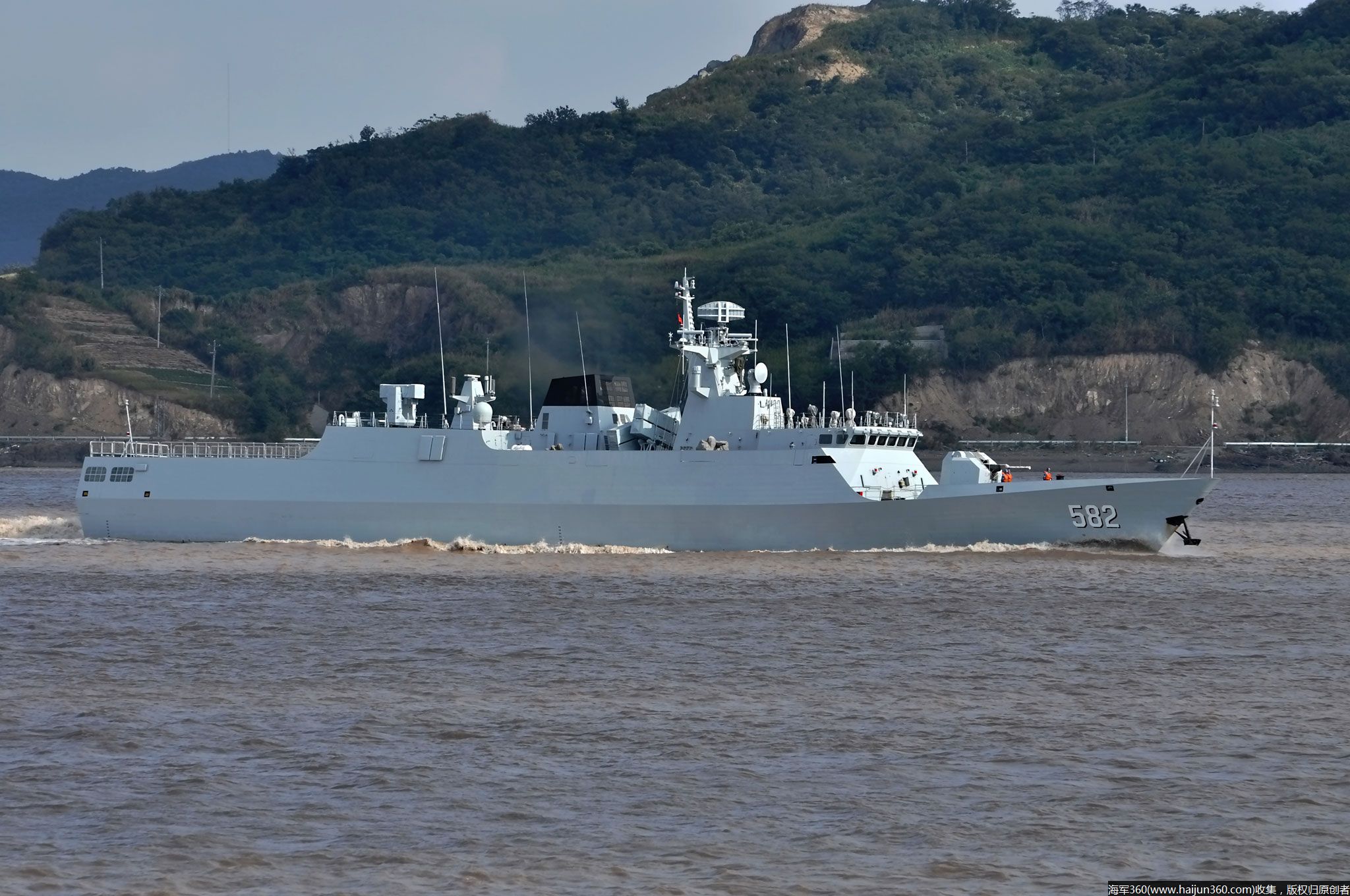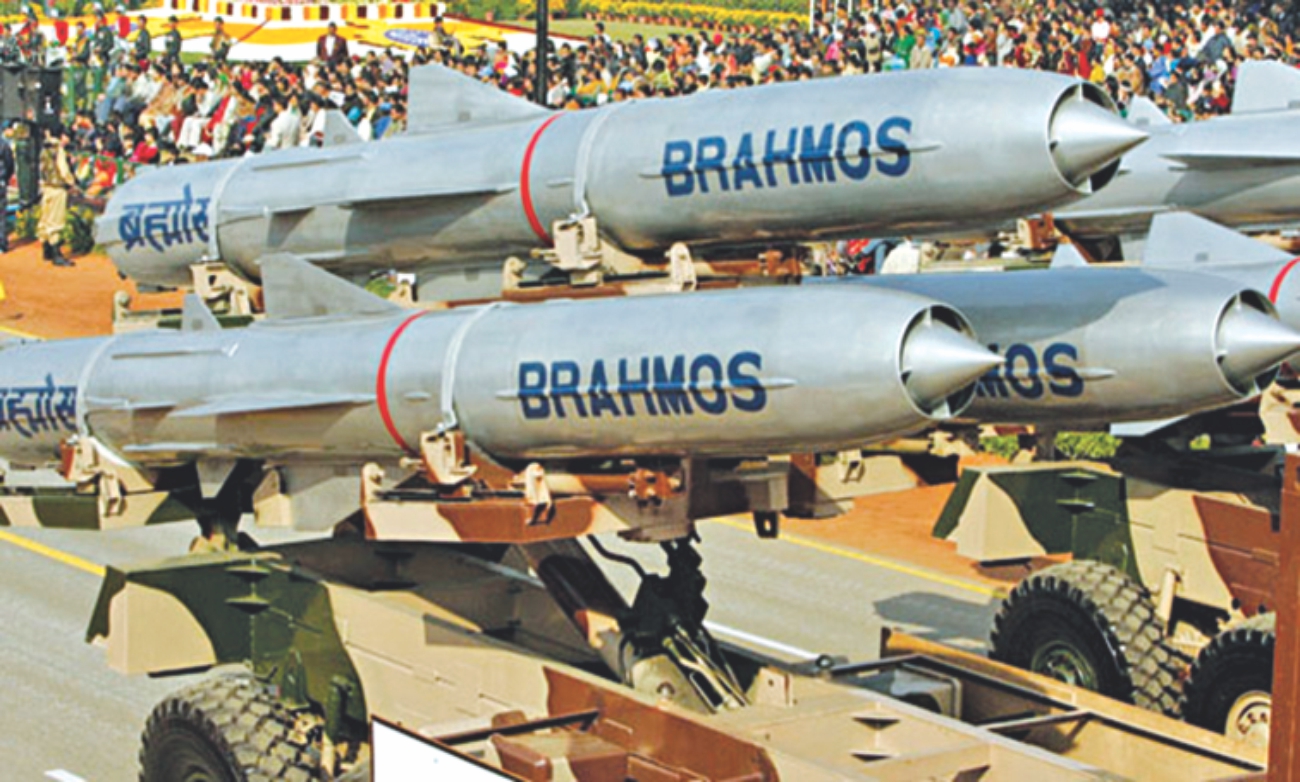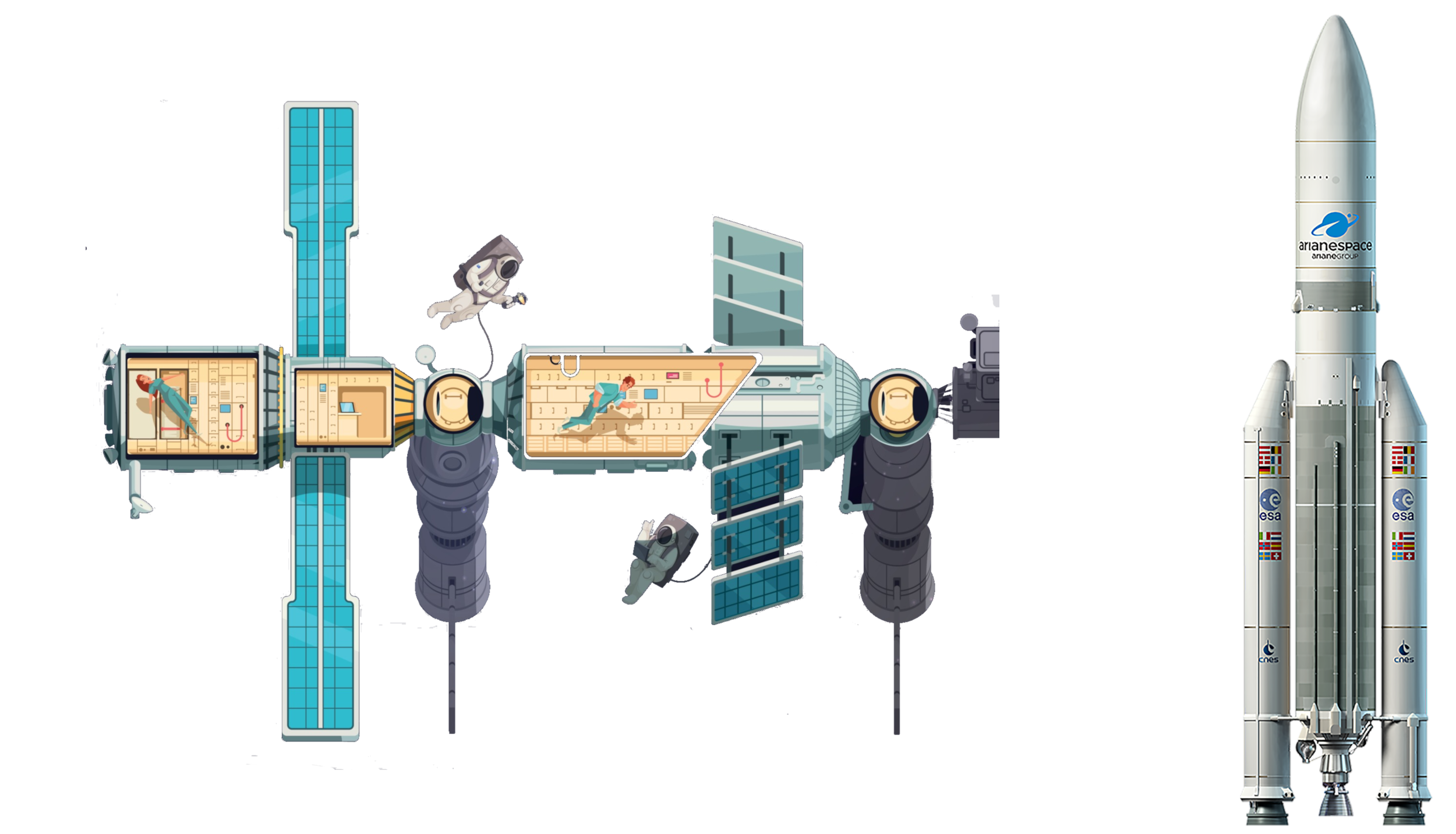
Deutsch-Chinesische Enzyklopädie, 德汉百科
 Fregatten
Fregatten

 *United States Air Force
*United States Air Force
 Flugzeugträger
Flugzeugträger
 Gerald-R.-Ford-class
Gerald-R.-Ford-class
 Fregatten
Fregatten
 Arleigh-Burke-class
Arleigh-Burke-class
 Littoral combat ship
Littoral combat ship
 Freedom-class
Freedom-class
 Littoral combat ship
Littoral combat ship
 Independence-class
Independence-class




 Military, defense and equipment
Military, defense and equipment
 §Anti-aircraft missile
§Anti-aircraft missile
 Unified Combatant Command
Unified Combatant Command
 United States Army
United States Army
 United States Marine Corps
United States Marine Corps
 United States Navy
United States Navy
 Destroyer
Destroyer
 Arleigh-Burke-class
Arleigh-Burke-class





 Automobile
Automobile
 *Self-driving car
*Self-driving car
 China
China
 Flugzeugträger
Flugzeugträger
 Admiral-Kusnezow-class
Admiral-Kusnezow-class
 Flugzeugträger
Flugzeugträger
 Flugzeugträger
Flugzeugträger
 Type 001A
Type 001A
 Flugzeugträger
Flugzeugträger
 Type 002
Type 002
 Fregatten
Fregatten
 Type 056 frigate NATO-Jiangdao
Type 056 frigate NATO-Jiangdao
 Fregatten
Fregatten
 Type 056A frigate NATO-Jiangdao II
Type 056A frigate NATO-Jiangdao II
 Fregatten
Fregatten
 Type 054A frigate NATO-Jiangkai II
Type 054A frigate NATO-Jiangkai II
 Fregatten
Fregatten
 Type 054 frigate NATO-Jiangkai I
Type 054 frigate NATO-Jiangkai I
 Fregatten
Fregatten
 Type 053H3 frigate NATO-Jiangwei II
Type 053H3 frigate NATO-Jiangwei II


 IT-Times
IT-Times

 Agriculture, forestry, livestock, fishing
Agriculture, forestry, livestock, fishing




 Military, defense and equipment
Military, defense and equipment
 Navigation Satellite System
Navigation Satellite System

 Ships and Nautics
Ships and Nautics

 Transport and traffic
Transport and traffic

 Science and technology
Science and technology
 Destroyer
Destroyer
 Type 055
Type 055
 Destroyer
Destroyer
 Type 052D NATO-Luyang III
Type 052D NATO-Luyang III
 Destroyer
Destroyer
 Type 052C NATO-Luyang II
Type 052C NATO-Luyang II
 Destroyer
Destroyer
 Type 052B NATO-Luyang I
Type 052B NATO-Luyang I
 Destroyer
Destroyer
 Type 052 NATO-Luhu
Type 052 NATO-Luhu
 Destroyer
Destroyer
 Type 051C NATO-Luzhou
Type 051C NATO-Luzhou
 Destroyer
Destroyer
 Type 051B NATO-Luhai
Type 051B NATO-Luhai

北斗卫星导航系统(英语:Beidou Navigation Satellite System,簡稱BDS)是中华人民共和国独立自主建设的一个卫星导航系统[5],北斗卫星导航系统由两个独立的部分组成,一个是2000年开始运作的区域实验系统,另一个是已经开始面向全球服务的全球导航系统[6]。
第一代北斗系统,官方名称为北斗卫星导航试验系统,也被称作北斗一号,由三颗卫星提供区域定位服务。从2000年开始,该系统主要在中国境内提供导航服务。
第二代北斗系统,官方名称为北斗卫星导航系统,也被称为北斗二号。北斗二号建成后,将是一个包含16颗卫星的全球卫星导航系统,分别为6颗静止轨道卫星、6颗倾斜地球同步轨道卫星、4颗中地球轨道卫星。截止2011年11月,北斗二代包含了10颗卫星,开始在中国投入服务[7]。2012年11月,第二代北斗系统开始在亚太地区为用户提供区域定位服务[8]。
北斗卫星导航系统(BDS)、美国全球定位系統(GPS)、俄罗斯全球导航衛星系統(GLONASS)和欧盟伽利略定位系統(Galileo)為联合国卫星导航委员会认定的全球卫星导航系统四大核心供应商[9]。
2015年中期,中国开始建设第三代北斗系统(北斗三号),进行全球卫星组网。北斗卫星第三代导航系统空间段计划由35颗卫星组成,包括5颗静止轨道卫星、27颗中地球轨道卫星、3颗倾斜同步轨道卫星。第一颗三代卫星于2017年11月5日发射升空[10]。2018年进行高强度第三代北斗系统的发射任务,本年度共发射17颗北斗三号卫星,并且全部成功。截止2018年11月,已发射了19颗第三代在轨导航卫星。按照计划,该系统将在2018年覆盖“一带一路”国家,2020年完成建设提供全球定位服务,2035年建成以北斗为核心的综合定位、导航、授时体系。
据中国日报报道,北斗系统第一颗卫星发射15年后,它每年为几家大型企业产生的营业额高达3150万美元,其中包括中国航天科工集团,高德软件有限公司和中国兵器工业集团公司[11]。
北京时间2018年12月27日,国务院新闻发布会宣布,北斗三号正式提供全球服务。[12]
Beidou (chinesisch 北斗, Pinyin Běidǒu ‚Großer Bär‘, Abkürzung BDS) ist ein chinesisches Satellitennavigationssystem. Die regionale Version des Systems ging Ende Dezember 2011 offiziell in Betrieb.[1] Das globale System befindet sich noch im Aufbau. Beidou soll die chinesische Abhängigkeit vom US-amerikanischen Global Positioning System (GPS) verringern.
Die Satelliten trugen während der Projektentwicklungsphase (bis Ende 2012) auch den Arbeitstitel Compass. Nach Fertigstellung des globalen Systems wird es aus vier geostationären Satelliten, zwölf Satelliten auf geneigten geosynchronen Bahnen und neun Satelliten mit Flugbahnen in 22.000 km Höhe bestehen. Als Genauigkeit für die öffentliche Nutzung werden mit 10 m für die Position und 0,2 m/s (≈ 0,7 km/h) für die Geschwindigkeit angegeben.
Beidou-1A und -1B wurden am 30. Oktober und 20. Dezember 2000 gestartet, Beidou-1C ist seit dem 24. Mai 2003 im All. Erst die Satelliten der Serie 2 sind Bestandteil des Navigationssystems. Sie nehmen die Positionen über dem asiatisch-pazifischen Raum auf 58,75°O, 80°O, 110,5°O und 140°O ein. Bis April 2012 wurden insgesamt 13 Beidou-2-Satelliten ins All geschossen.
Am 27. Dezember 2011 wurde das System offiziell in Betrieb genommen, zunächst im Testbetrieb. Es wird chinesischen und ausländischen Unternehmen zur Verfügung gestellt und ist seit Ende 2012 in der Phase II-Konstellation (5 GEO, 5 IGSO, 4 MEO) in großen Teilen Asiens und des Pazifikraums in Funktion.[2] Bis ins Jahr 2020 soll die Zahl der Satelliten für das chinesische Navigationssystem auf 35 steigen.[3][1]
北斗衛星導航系統(ほくとえいせいどうこうけいとう、簡体字: 北斗卫星导航系统、英語: BeiDou Navigation Satellite System、北斗衛星測位システムとも言う)とは、中華人民共和国が独自に開発を行なっている衛星測位システム(GNSS)である。2012年12月27日にアジア太平洋地域での運用を開始[1]。2018年12月27日、全世界向けのサービス開始を発表した[2]。
中華人民共和国はアメリカ合衆国のGPSに依存しない、独自システムの構築にこだわってきた[1]。最初の北斗システムは公式には北斗衛星航法実験システムと呼ばれ、北斗-1として知られる3機の人工衛星で構成されており、2000年から中国と周辺国で航法に提供されていた。
第二世代のシステムはコンパスまたは北斗-2として知られ、完成時には35機の衛星で構成される全地球測位システムになる予定。2018年12月時点では衛星33機を運用しており、位置情報誤差は10メートル。2020年までに北斗2号を1機、北斗3号11機に追加で打ち上げ、完成させる計画である[2]。北斗測位システムの主任設計者は孫家棟。
The BeiDou Navigation Satellite System (BDS) (Chinese: 北斗卫星导航系统; pinyin: běi dǒu wèi xīng dǎo háng xì tǒng [pèi tòu wêi ɕíŋ tàu xǎŋ ɕî tʰʊ̀ŋ]) is a Chinese satellite navigation system. It consists of two separate satellite constellations. The first BeiDou system, officially called the BeiDou Satellite Navigation Experimental System and also known as BeiDou-1, consists of three satellites which since 2000 has offered limited coverage and navigation services, mainly for users in China and neighboring regions. Beidou-1 was decommissioned at the end of 2012.
The second generation of the system, officially called the BeiDou Navigation Satellite System (BDS) and also known as COMPASS or BeiDou-2, became operational in China in December 2011 with a partial constellation of 10 satellites in orbit.[3] Since December 2012, it has been offering services to customers in the Asia-Pacific region.[4] On December 27, 2018, Beidou-3 officially began to provide global services.[5][6]
In 2015, China started the build-up of the third generation BeiDou system (BeiDou-3) in the global coverage constellation. The first BDS-3 satellite was launched on 30 March 2015.[7] As of January 2018, nine BeiDou-3 satellites have been launched.[8] BeiDou-3 will eventually consist of 35 satellites and is expected to provide global services upon completion in 2020. When fully completed, BeiDou will provide an alternative global navigation satellite system to the United States owned Global Positioning System (GPS),[9][10] the Russian GLONASS or European Galileo systems and is expected to be more accurate than these.[11] It was claimed in 2016 that BeiDou-3 will reach millimeter-level accuracy (with post-processing), which is ten times more accurate than the finest level of GPS.[10]
According to China Daily, in 2015, fifteen years after the satellite system was launched, it was generating a turnover of $31.5 billion per annum for major companies such as China Aerospace Science and Industry Corp, AutoNavi Holdings Ltd, and China North Industries Group Corp.[12]
On 27 December 2018, BeiDou Navigation Satellite System started to provide global services.[13]
Beidou (chinois simplifié : 北斗, pinyin : běidǒu), également nommé COMPASS est un système de navigation et de positionnement par satellites chinois en cours de déploiement qui devrait devenir complètement opérationnel en 2020. Une première version de Beidou comportant trois satellites et baptisée Beidou-1 a commencé à être déployé en 2000 et a été déclaré opérationnel en 2003. Ce système régional permettait de déterminer sa position uniquement en Chine et dans les régions avoisinantes avec une précision d'environ 100 mètres. Une deuxième génération du système, Beidou-2, annoncée en 2006 doit assurer à la fin de son déploiement en 2020 une couverture mondiale. Celle-ci est assurée par trois types de satellites : 5 satellites en orbite géostationnaire, trois en orbite géosynchrone inclinée (55°) et 27 en orbite moyenne. Beidou-2 est opérationnel depuis fin 2012 avec une couverture comprenant la Chine et les pays alentour. Une quinzaine de satellites étaient en orbite début 2015. Les performances à terme de Beidou-2 seront comparables aux trois autres systèmes mondiaux opérationnels (GPS et GLONASS) ou en cours de déploiement (Galileo).
BeiDou (in cinese 北斗 (běidǒu), ovvero “mestolo del nord”, l'asterismo della costellazione dell'Orsa Maggiore conosciuto in Occidente come Grande Carro) è un sistema di posizionamento satellitare sviluppato dalla Repubblica popolare cinese, nato inizialmente per una copertura regionale, ma successivamente implementato per una copertura globale.
Nato per uso militare, recentemente è stata annunciata l'apertura ad uso commerciale.[1]
Nel novembre 2014 il Comitato per la sicurezza marittima dell'Organizzazione marittima internazionale ha approvato l'uso del sistema BeiDou nella navigazione marittima.
Beidou es un proyecto desarrollado por la República Popular de China para obtener un sistema de navegación por satélite. "Beidou" es el nombre chino para la constelación de la Osa Mayor. La primera generación, BeiDou-1, ya está operativa desde el 2000 y es un sistema de posicionamiento por satélite local dando servicio a China y a sus países vecinos. La segunda generación, también llamada Compass o BeiDou-2, será un sistema de posicionamiento global con un funcionamiento similar al GPS.
Según informaciones oficiales ofrecerá dos tipos de servicios: el primero será abierto y podrá dar una posición con un margen de 10 metros de distancia, 0,2 metros por segundo de velocidad y 0,000005 segundos de tiempo. El segundo servicio será autorizado solo para determinados clientes y ofrecerá servicios más precisos y con mayores medidas de seguridad.
A diferencia de los sistemas GPS, GLONASS, y GALILEO, que utilizan satélites en órbitas bajas y ofrecen servicio global, la primera generación, Beidou-1 usa satélites en órbita geoestacionaria. Esto implica que el sistema no requiera una gran constelación de satélites, pero limita su cobertura sobre la tierra a la visible por los satélites, China en este caso. Otra gran diferencia de BeiDou-1 es que calcula las coordenadas únicamente con dos satélites y una estación en tierra. Esto implica la necesidad de enviar una señal desde el dispositivo remoto, cosa que no es necesaria con GPS o GLONASS.
Se prevé que Compass, la segunda generación, cuente con entre 12 y 14 satélites entre 2011 y 2015. Para 2020, ya plenamente operativo deberá contar con 30 satélites. De momento (diciembre, 2012), ya tienen 14 en órbita.
China está también asociada con el sistema de posicionamiento Galileo, que en diciembre de 2016 la Comisión Europea, propietaria del sistema, informó que Galileo comenzó sus operaciones y que los satélites ya envían información de posicionamiento, navegación y determinación de la hora a usuarios de todo el mundo.
Навигацио́нная систе́ма «Бэйдо́у» (кит. трад. 北斗導航系統, упр. 北斗导航系统, пиньинь: Běidǒu dǎoháng xìtǒng, палл.: Бэйдоу даохан ситун) или Спу́тниковая навигацио́нная систе́ма «Бэйдо́у» (кит. трад. 北斗衛星導航系統, упр. 北斗卫星导航系统, пиньинь: Běidǒu wèixīng dǎoháng xìtǒng, палл.: Бэйдоу вэйсин даохан ситун, сокращенно — BD) — китайская спутниковая система навигации. Планируется, что космический сегмент навигационной спутниковой системы Бэйдоу будет состоять из 5 спутников на геостационарной орбите, 3 спутников на геосинхронной орбите (с наклонением 55°) и 27 спутников на средней околоземной орбите (~21 500 км)[1][2].
Система была запущена в коммерческую эксплуатацию 27 декабря 2012 как региональная система позиционирования, при этом спутниковая группировка составляла 16 спутников[3][4]. Планируется, что на полную мощность система выйдет к 2020 году[5][6]. Китайские представители также отметили, что ещё предстоит урегулировать вопросы, касающиеся частотных диапазонов, с российской, американской и европейской сторонами, которые также владеют спутниковыми навигационными группировками. А пока китайская система работает на частоте сигнала B1, также отмеченного Евросоюзом как E2, с частотой 1559,052 — 1591,788 МГц. Обе стороны до сих пор не достигли окончательной договорённости по вопросам совместимости своих будущих спутниковых навигационных систем, несмотря на продолжающиеся с 2009 года переговоры по вопросу наложения специальных сигналов системы Compass на специальные сигналы PRS системы Galileo (1563—1591 МГц для гражданского сигнала).
Предположительные будущие частоты
B2: 1166,22 — 1217,37 МГц,
B3: 1250,618 — 1286,423 МГц.
 Fregatten
Fregatten
 Type 056 frigate NATO-Jiangdao
Type 056 frigate NATO-Jiangdao
 Marine der China
Marine der China
 People's Republic of China Navy(Mainland,Hong Kong,Macau)
People's Republic of China Navy(Mainland,Hong Kong,Macau)

 Fregatten
Fregatten
 Type 054A frigate NATO-Jiangkai II
Type 054A frigate NATO-Jiangkai II
 Marine der China
Marine der China
 People's Republic of China Navy(Mainland,Hong Kong,Macau)
People's Republic of China Navy(Mainland,Hong Kong,Macau)


 Fregatten
Fregatten
 Shivalik-class
Shivalik-class
 Indian Navy
Indian Navy
 Indische Luftstreitkräfte
Indische Luftstreitkräfte
 Indisches Heer
Indisches Heer
 Malaysische Marine
Malaysische Marine




 Military, defense and equipment
Military, defense and equipment
 §Cruise missile
§Cruise missile
 Militärflugzeuge
Militärflugzeuge
 Suchoi Su-30
Suchoi Su-30
 Russische Seekriegsflotte
Russische Seekriegsflotte
 Destroyer
Destroyer
 Kolkata-class
Kolkata-class
 Destroyer
Destroyer
 Visakhapatnam class
Visakhapatnam class
 Destroyer
Destroyer
 Rajput-class
Rajput-class






 Aerospace
Aerospace